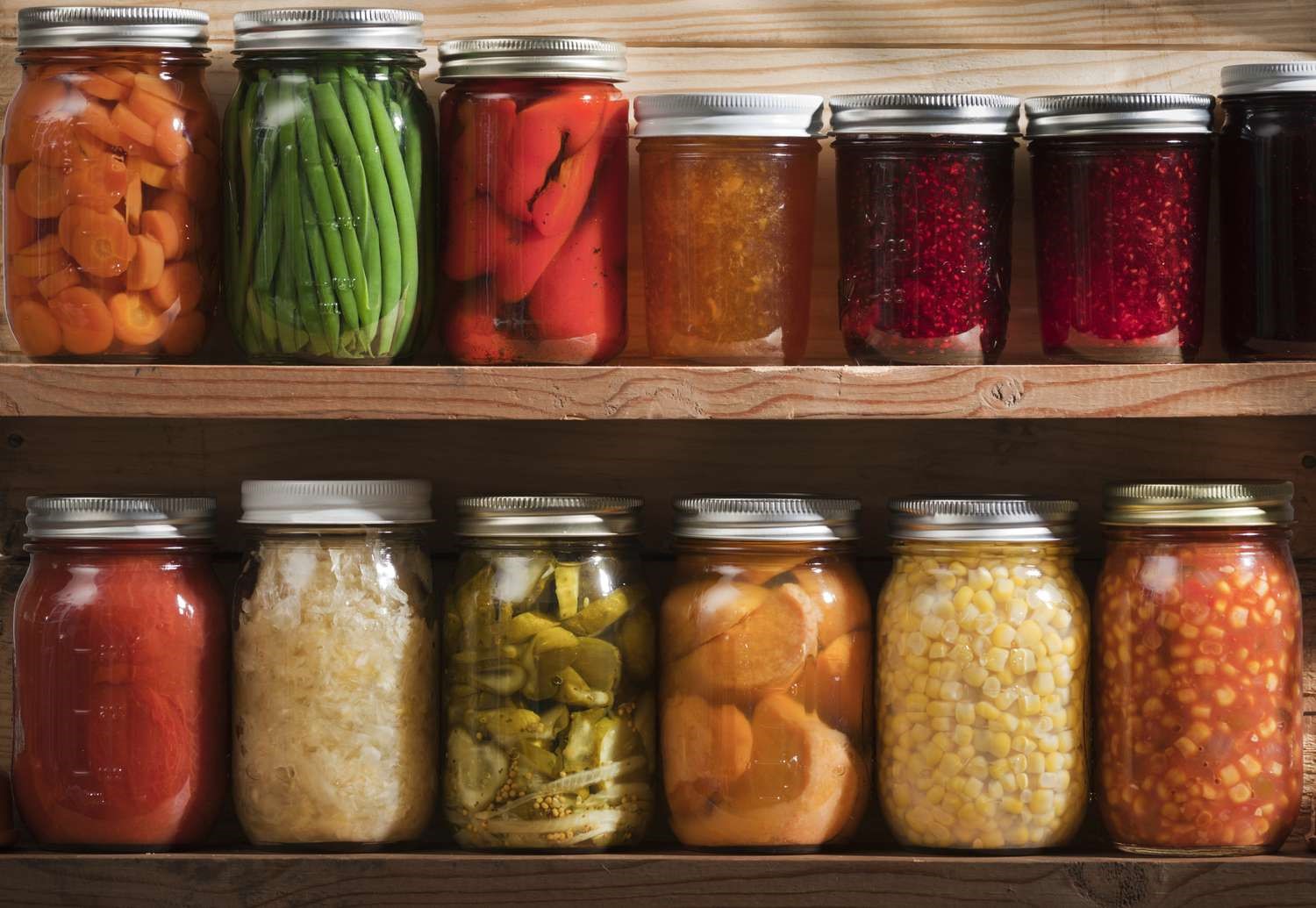

Articles
How To Store Food Without A Fridge
Modified: August 28, 2024
Discover innovative ways to store food without a fridge with our informative articles. Keep your food fresh and safe with these practical tips and techniques.
(Many of the links in this article redirect to a specific reviewed product. Your purchase of these products through affiliate links helps to generate commission for Storables.com, at no extra cost. Learn more)
Introduction
When it comes to storing food, most people rely on the convenience of refrigerators. However, there are situations where refrigeration may not be readily available or reliable. Maybe you’re going on a camping trip, living in an off-grid location, or facing a power outage. Whatever the case may be, it’s important to know how to store food without a fridge.
By utilizing alternative methods of preservation, you can ensure that your perishable items stay fresh and safe to consume for longer periods. In this article, we will explore various techniques and strategies for storing food without a fridge, allowing you to maintain an adequate food supply even in challenging circumstances.
From shelf-stable pantry staples to innovative preservation methods, there are several options to consider depending on the type of food and the duration of storage required. Let’s dive in and explore these techniques in detail, so you can be prepared for any situation.
Key Takeaways:
- Embrace a variety of food storage techniques, from canning and fermenting to utilizing cool and dark spaces, to ensure a reliable and diverse food supply without the need for a fridge.
- Get creative with innovative storage solutions like insulated coolers and repurposed containers to keep food fresh and safe in off-grid or emergency situations, even without traditional refrigeration.
Read more: How To Store Kimchi Without Fridge
Shelf-Stable Pantry Staples
One of the easiest ways to store food without a fridge is by stocking up on shelf-stable pantry staples. These are foods that have a long shelf life and do not require refrigeration. Here are some examples of pantry staples that you can rely on:
- Canned goods: Canned vegetables, fruits, and meats can last for years without refrigeration. Make sure to check the expiration dates and store them in a cool, dry place.
- Dried grains and legumes: Rice, pasta, beans, and lentils are excellent options for long-term storage. They are highly versatile and can be used in a variety of dishes. Keep them in airtight containers to prevent moisture and pests.
- Dried fruits and nuts: These nutritious snacks are perfect for both immediate consumption and long-term storage. They add flavor and texture to your meals and can be stored in a cool, dark place.
- Jarred sauces and condiments: Many sauces, such as tomato sauce and salsa, can be stored in the pantry until opened. Once opened, you may need to refrigerate them, so consider portioning or using smaller jars when necessary.
- Boxed or powdered milk: These alternatives to fresh milk have a longer shelf life and can be stored in your pantry. They are useful for cooking, baking, or simply adding to your morning coffee or tea.
By keeping a well-stocked pantry of these shelf-stable staples, you can ensure you have a variety of ingredients on hand for your meals, regardless of refrigeration availability.
Root Cellar Storage
If you have access to a cool underground space, such as a basement or cellar, you can utilize it for root cellar storage. Root cellars provide a natural and effective way to store fruits, vegetables, and even some dairy products without the need for refrigeration. Here’s how you can make the most of this storage method:
- Temperature and humidity control: Root cellars are typically cooler and more humid than room temperature. The ideal temperature for most fruits and vegetables is around 32-40°F (0-4°C) with a humidity level of 85-95%. You can monitor and adjust these conditions as needed.
- Proper ventilation: Adequate airflow is crucial to prevent the buildup of excess moisture and the growth of mold. Ensure that your root cellar has proper ventilation, allowing fresh air to circulate while maintaining the desired temperature and humidity levels.
- Storage containers: Use crates, baskets, or bins to organize and store your produce. Opt for breathable containers such as wooden crates or burlap sacks to allow for air circulation and prevent condensation.
- Produce selection: Certain fruits and vegetables are better suited for root cellar storage. Examples include potatoes, carrots, onions, apples, squash, and cabbage. Be mindful of not storing produce that is damaged or overripe as it can spoil quickly and affect the quality of other items.
- Regular check-ups: Regularly inspect your stored produce to remove any spoiled items or those showing signs of decay. This will help prevent the spread of rot and ensure the longevity of other items.
Root cellar storage is a traditional method that has been used for centuries to preserve food. It provides a cool and controlled environment that can extend the shelf life of many perishable items, making it an ideal option when refrigeration is not available.
Canning and Preserving
Canning and preserving food is another effective technique for storing food without a fridge. It involves sealing food in jars and then processing them in boiling water or using pressure canning methods to create a vacuum seal. This process kills bacteria and other microorganisms, extending the shelf life of the food. Here’s how you can get started with canning and preserving:
- Select your produce: Choose fresh, ripe fruits or vegetables for canning. Be sure to wash and prepare them properly before proceeding.
- Choose your method: There are two primary methods of canning – water bath canning and pressure canning. Water bath canning is suitable for high-acid foods like fruits, pickles, and jams, while pressure canning is necessary for low-acid vegetables, meats, and soups.
- Prepare the jars: Sterilize canning jars and lids in boiling water or the dishwasher to ensure they are clean and safe for use.
- Fill the jars: Pack the prepared produce into the jars, leaving the recommended headspace (empty space at the top) according to the recipe or guidelines provided for the specific food you’re canning.
- Seal and process: Wipe the rims of the jars to remove any debris, then place the lids and screw bands on tightly. Follow the instructions for processing time and method based on the food you are canning.
- Store the jars: Once the jars have cooled and the vacuum seal is formed, store them in a cool, dark place, such as a pantry or cellar. Be sure to label the jars with the content and date of canning for easy identification.
Canning and preserving not only provide a means of storing food without refrigeration but also allow you to enjoy the flavors of fresh fruits and vegetables year-round. With proper techniques and attention to safety guidelines, you can create a well-stocked pantry of homemade canned goods to rely on in any situation.
Drying and Dehydrating
Drying and dehydrating food is a time-tested method of preservation that involves removing moisture from the food, thereby inhibiting the growth of bacteria, yeast, and mold. This technique can be used to store fruits, vegetables, herbs, and even meat without refrigeration. Here’s how you can dry and dehydrate food:
- Preparation: Wash and slice the food into thin, uniform pieces for even drying. Remove any stems, seeds, or tough skins as needed.
- Drying methods: There are several ways to dry food, including air drying, sun drying, and using a dehydrator. Air drying involves placing the food in a well-ventilated area with good airflow. Sun drying relies on the heat of the sun, but it requires a hot and dry climate. Using a dehydrator is the most reliable and efficient method, allowing for precise temperature control.
- Drying time: The drying time will vary depending on the type and thickness of the food, as well as the drying method used. It can range from a few hours to several days. The food should be completely dry and brittle to the touch.
- Storage: Once dry, store the food in airtight containers, such as glass jars or resealable bags. Keep them in a cool, dry place away from moisture and direct sunlight. Label the containers with the contents and date of drying for easy reference.
- Rehydration: When you’re ready to use the dried food, you can rehydrate it by soaking it in water or adding it directly to soups, stews, or other recipes that require moisture.
Drying and dehydrating food not only extends its shelf life but also concentrates its flavors and nutrients. It’s a fantastic way to preserve seasonal fruits and vegetables or make your own homemade snacks and ingredients for future use.
Fermenting and Pickling
Fermenting and pickling are age-old techniques for preserving food that not only extend its shelf life but also enhance flavors and provide beneficial probiotics. These methods involve using salt, vinegar, or natural fermentation processes to create an acidic environment that inhibits the growth of harmful bacteria. Here’s how you can ferment and pickle food:
- Choose your produce: Select fresh and high-quality fruits or vegetables for fermentation and pickling. Options like cucumbers, cabbage, carrots, and radishes work well.
- Brine or vinegar solution: Depending on the method you choose, prepare a brine solution using salt and water or a vinegar solution. The ratio of salt or vinegar to water will vary depending on the recipe.
- Prepare the produce: Clean and cut the produce as desired, removing any bruised or damaged areas. For pickling, you may choose to leave vegetables whole or slice them into smaller pieces.
- Submerge in liquid: Place the prepared produce in jars or fermentation crocks and cover them completely with the brine or vinegar solution. It’s important to ensure that the produce remains submerged to prevent spoilage.
- Fermentation process: For fermentation, cover the jars with a clean cloth or use fermentation lids to allow gases to escape while keeping out contaminants. Store the jars in a cool, dark place for several days to weeks, depending on the desired level of fermentation.
- Storage: Once the fermentation or pickling process is complete, transfer the jars to the refrigerator or a cool storage area. The flavors will continue to develop over time, and the preserved food will last for several weeks or months.
Fermented and pickled foods make for flavorful additions to meals and provide a natural source of probiotics, which are beneficial for gut health. By mastering these preservation methods, you can enjoy a range of tangy and zesty preserved foods at your convenience.
Store root vegetables like potatoes, onions, and garlic in a cool, dark, and well-ventilated place to extend their shelf life without a fridge.
Using Natural Preservation Methods
In addition to the techniques mentioned earlier, there are several natural methods you can utilize to preserve food without relying on refrigeration. These methods take advantage of natural properties and processes to inhibit the growth of spoilage-causing microorganisms. Here are a few natural preservation methods:
- Salt curing: Salt has been used for centuries to preserve food. By coating meat, fish, or even vegetables with salt, you draw out moisture, creating an environment where bacteria cannot thrive. This method is commonly used for curing meats like ham or creating salted fish.
- Sugar preservation: Sugar is another natural preservative that can be used to preserve fruits, jams, and jellies. Its high osmotic pressure inhibits microbial growth, extending the shelf life of the preserved food. By combining sugar and heat, you can create delicious fruit preserves that can be enjoyed for months.
- Smoking: Smoking is a preservation technique that adds flavor while inhibiting the growth of bacteria on meats and fish. The smoke creates an acidic environment and deposits antimicrobial compounds onto the food’s surface, helping to preserve it. It is commonly used for smoking meats, such as bacon or jerky.
- Herbs and spices: Many herbs and spices have natural antimicrobial properties. By incorporating them into your food storage, you can add flavor while slowing down spoilage. For example, dried herbs like thyme, rosemary, and oregano can be added to dried goods for natural preservation.
- Vinegar: The acidic nature of vinegar makes it an excellent natural preservative. It can be used for pickling vegetables, creating tangy condiments, or preserving fruits in the form of preserves and chutneys.
These natural preservation methods not only extend the shelf life of your food but also add unique flavors and textures. By harnessing the power of salt, sugar, smoke, herbs, and vinegar, you can enjoy a wide variety of preserved foods without the need for refrigeration.
Storing in Cool and Dark Spaces
When refrigeration is not available, one of the most crucial factors to consider for food storage is finding cool and dark spaces within your environment. These conditions help maintain lower temperatures and protect food from light, which can accelerate spoilage. Here’s how you can make the most of cool and dark spaces:
- Pantry organization: Utilize the layout of your pantry to maximize coolness. Store perishable items away from heat sources, such as stoves or direct sunlight, to maintain a cooler environment.
- Basement or cellar storage: If you have access to a basement or cellar, take advantage of the naturally cool and dark conditions. These spaces are often ideal for storing fruits, vegetables, and even certain dairy products.
- Cabinets and cupboards: Optimize your kitchen cabinets or other cupboards by choosing locations that are shielded from direct light and are well-ventilated. Avoid placing items near hot appliances or in areas prone to temperature fluctuations.
- Consider insulation: If you have control over the space you’re using for storage, consider insulating it to help maintain a cool and consistent temperature. This can be especially helpful in off-grid or outdoor situations.
- Rotate and organize: Keep your stored food organized and practice a first-in, first-out rotation system to ensure that older items are used before newer ones. This helps minimize waste and ensures that you’re consuming the oldest products first.
By finding and utilizing cool and dark spaces in your environment, you can create storage conditions that slow down the deterioration of perishable food and extend its shelf life without the need for refrigeration.
Vacuum Sealing
Vacuum sealing is a method of food preservation that involves removing air from packaging to create a vacuum-sealed environment. This process helps to prevent the growth of bacteria, mold, and other spoilage-causing microorganisms by eliminating oxygen. Here’s how vacuum sealing works and how you can use it:
- Equipment: To vacuum seal food, you’ll need a vacuum sealer machine. These machines come in different types, including handheld sealers and larger countertop models. They typically work by removing air from specially designed bags or containers.
- Sealing process: First, place your food items in the appropriate vacuum sealing bags or containers. Be sure to follow the manufacturer’s instructions regarding the size and type of bags to use. Then, insert the open end of the bag or container into the sealer machine. The machine will remove the air and seal the package, creating a tight and oxygen-free environment.
- Benefits of vacuum sealing: Vacuum sealing helps to extend the shelf life of food by preventing spoilage. It also helps to maintain the quality, flavor, and nutritional value of the stored food. Vacuum-sealed packages can be stored in cool, dark spaces or even frozen for longer-term storage.
- Types of food to vacuum seal: Vacuum sealing is suitable for a variety of foods, including meats, fruits, vegetables, grains, and even liquids like soups or sauces. It’s particularly effective for storing perishable items that are prone to spoilage.
- Considerations: Keep in mind that vacuum sealing is not a substitute for proper food hygiene and safety practices. It’s important to ensure that the food you’re sealing is fresh, properly cleaned, and stored at safe temperatures before vacuum sealing.
Vacuum sealing is a convenient and effective method for preserving food without a fridge. By removing air and creating a vacuum-sealed environment, you can prolong the shelf life of your perishable items and maintain their quality for an extended period.
Read more: How To Store Eggs In Fridge Without Carton
Utilizing Freezing Techniques
Freezing food is one of the most popular and efficient methods of preservation. By lowering the temperature, freezing slows down the growth of bacteria and other microorganisms, effectively prolonging the shelf life of food. Here are some key points to consider when utilizing freezing techniques:
- Preparation: Before freezing, it’s important to properly prepare the food for storage. Clean, trim, and cut the items into appropriate sizes. Some foods may require blanching, a process of briefly boiling or steaming them to halt enzyme activity and preserve their color, texture, and flavor.
- Containers and packaging: Use freezer-safe containers or freezer bags to protect the food from freezer burn and maintain its quality. Ensure the containers or bags are airtight and properly labeled with the contents and date of freezing.
- Temperature and storage duration: Set your freezer to a temperature of 0°F (-18°C) or below to maintain optimal food quality. Different foods have varying freezing and storage durations. Refer to food safety guidelines or reputable sources for specific recommendations.
- Portion control: Consider portioning the food before freezing, especially for items that you may need in small amounts, such as fruits, vegetables, or meats. This allows for easier retrieval and minimizes waste.
- Thawing: Proper thawing is essential to avoid foodborne illnesses. The safest method is to thaw food in the refrigerator. Alternatively, you can use the microwave or immerse sealed packages in cold water. Avoid thawing at room temperature, as it can lead to bacterial growth.
- Exceptions: While many foods freeze well, some may not maintain their texture or quality after freezing. Examples include lettuce, cucumber, and certain dairy products. It’s important to research and understand the freezing properties of specific foods before attempting to freeze them.
Freezing is a versatile preservation technique that allows you to store a wide variety of foods for extended periods without the need for refrigeration. By following proper freezing practices, you can maintain the nutritional value and quality of food while having a convenient and readily available food supply.
Creative Storage Solutions
When it comes to storing food without a fridge, thinking outside the box and getting creative can open up a world of possibilities. Here are some innovative storage solutions to consider:
- Insulated coolers: Invest in a high-quality insulated cooler that can keep food cool for an extended period. These coolers are designed to maintain lower temperatures and can be useful for short-term storage or transportation of perishable items.
- Ice packs and cold packs: Use ice packs or cold packs to keep food items cool, especially when you’re on the go. These packs can help maintain a lower temperature inside a cooler or an insulated bag.
- Outdoor food storage: If you have access to outdoor space, consider using techniques such as burying food in cool soil or using a cache pit to keep perishable items at a lower temperature. Be sure to protect the food from animals and pests.
- Repurposed containers: Look for creative ways to repurpose containers for food storage. For example, you can reuse clean and sanitized glass jars, airtight plastic containers, or even vacuum-sealed bags to keep food items safe and fresh.
- Community refrigeration: In community settings such as camping grounds or shared living spaces, explore the option of communal refrigeration. This involves setting up a shared cooler or fridge that everyone can use to store perishable items together.
- Root cellaring outdoors: If you have a suitable outdoor space, you can create an improvised root cellar by burying a container or constructing an insulated storage area underground. This can provide a cool and dark environment for storing certain fruits and vegetables.
By thinking creatively and exploring different storage solutions, you can find alternative ways to keep your food fresh and safe without relying on a traditional fridge. These innovative approaches can be particularly beneficial in off-grid situations, camping trips, or during emergencies.
Conclusion
Storing food without a fridge may seem like a daunting task, but with the right knowledge and techniques, it’s entirely possible to keep your perishable items fresh and safe for extended periods. By utilizing a combination of methods such as shelf-stable pantry staples, root cellars, canning and preserving, drying and dehydrating, fermenting and pickling, natural preservation methods, storing in cool and dark spaces, vacuum sealing, freezing, and creative storage solutions, you can maintain an adequate food supply without depending on refrigeration.
Shelf-stable pantry staples provide a long-lasting and versatile option, while root cellars offer a natural and effective way to store fruits, vegetables, and some dairy products. Canning and preserving allow you to enjoy the flavors of fresh produce year-round, while drying and dehydrating concentrate flavors and nutrients. Fermenting and pickling not only extend the shelf life of food but also provide probiotic benefits. Natural preservation methods such as salt curing, sugar preservation, smoking, herbs, and vinegar offer additional options for keeping food fresh.
Storing in cool and dark spaces helps to slow down spoilage, and vacuum sealing creates an airtight environment to prevent the growth of bacteria. Freezing is a popular method for long-term storage, and with careful planning, you can utilize innovative storage solutions like insulated coolers, repurposed containers, and outdoor storage to keep your food safe and fresh.
In conclusion, storing food without a fridge requires a combination of planning, knowledge, and creativity. By implementing these techniques and methods, you can be prepared for situations where refrigeration is unavailable or unreliable. Whether you’re camping, living off-grid, or experiencing a power outage, knowing how to store food without a fridge ensures that you can maintain a sufficient and safe food supply.
Frequently Asked Questions about How To Store Food Without A Fridge
Was this page helpful?
At Storables.com, we guarantee accurate and reliable information. Our content, validated by Expert Board Contributors, is crafted following stringent Editorial Policies. We're committed to providing you with well-researched, expert-backed insights for all your informational needs.
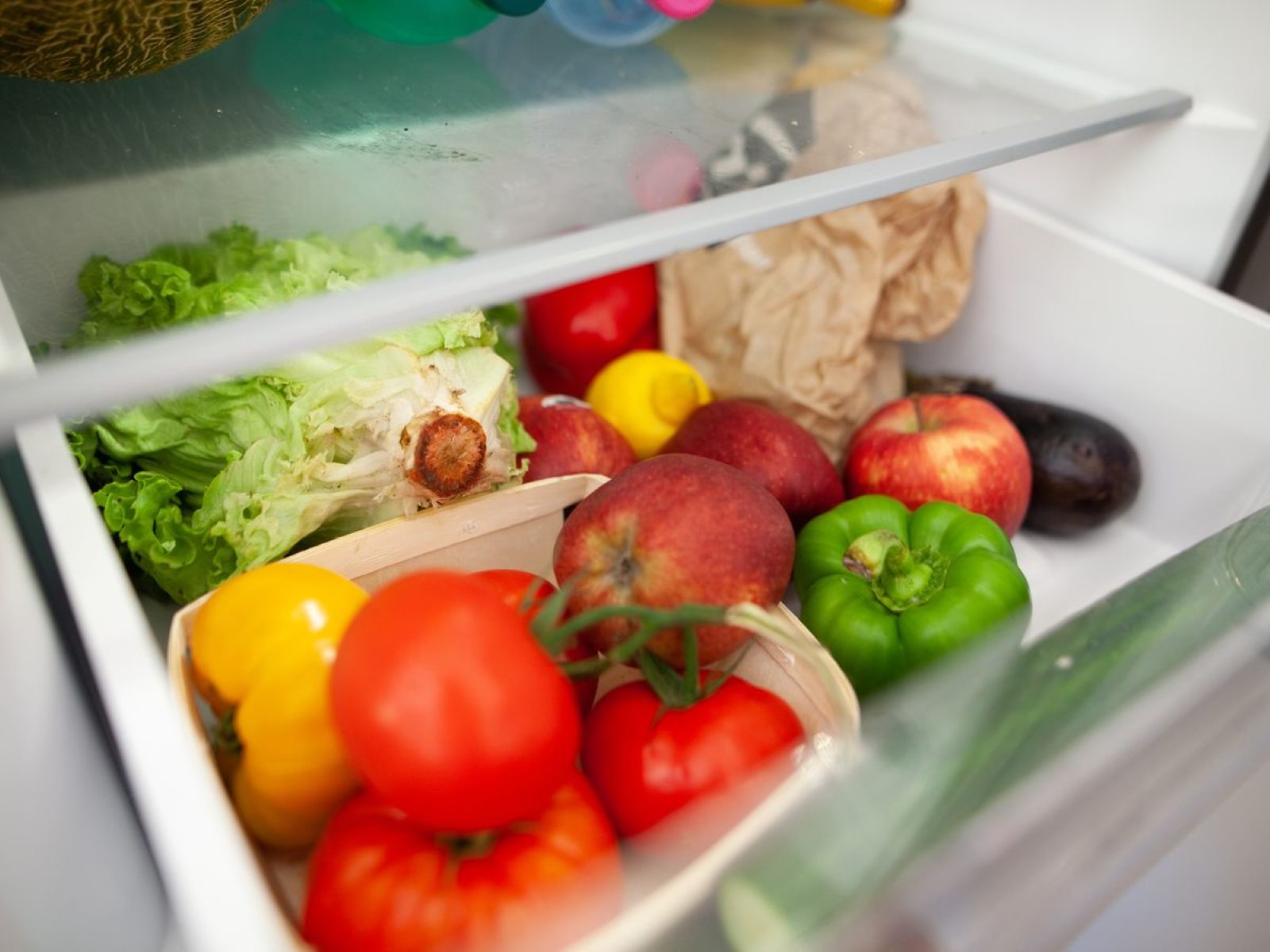
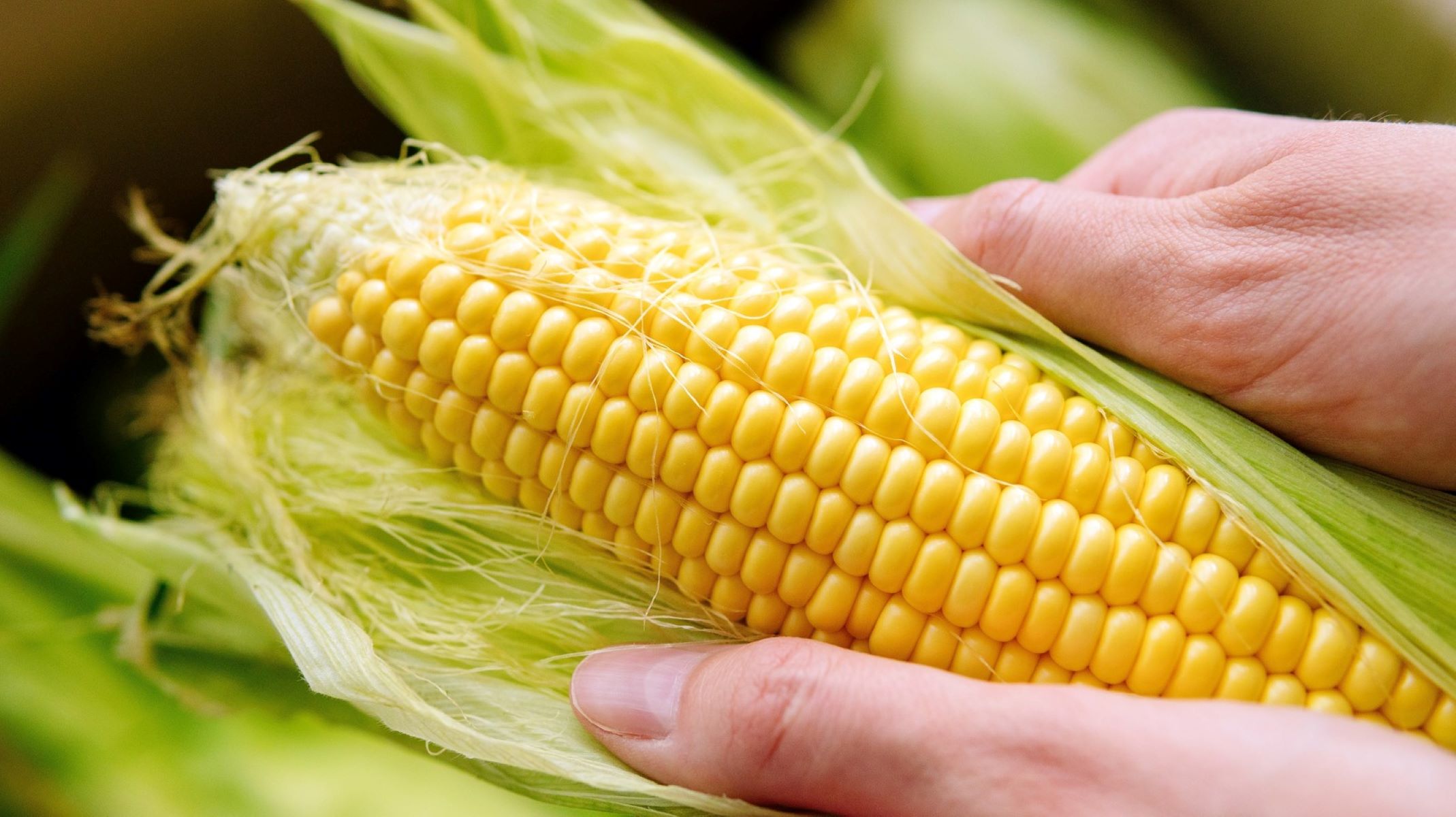
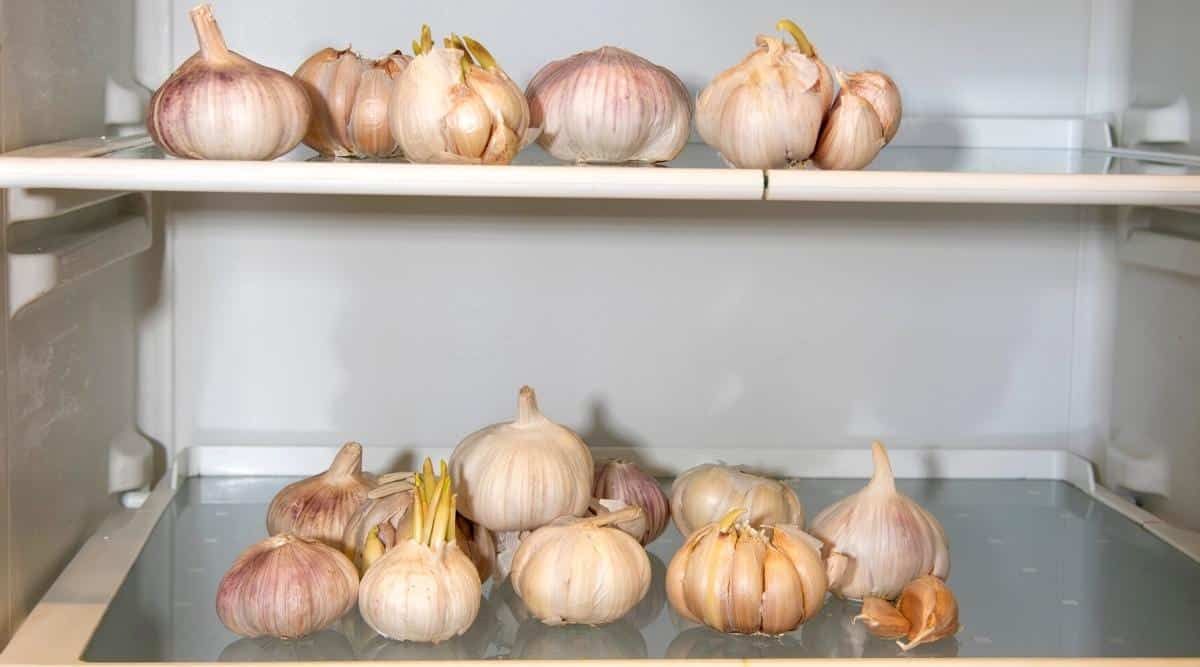
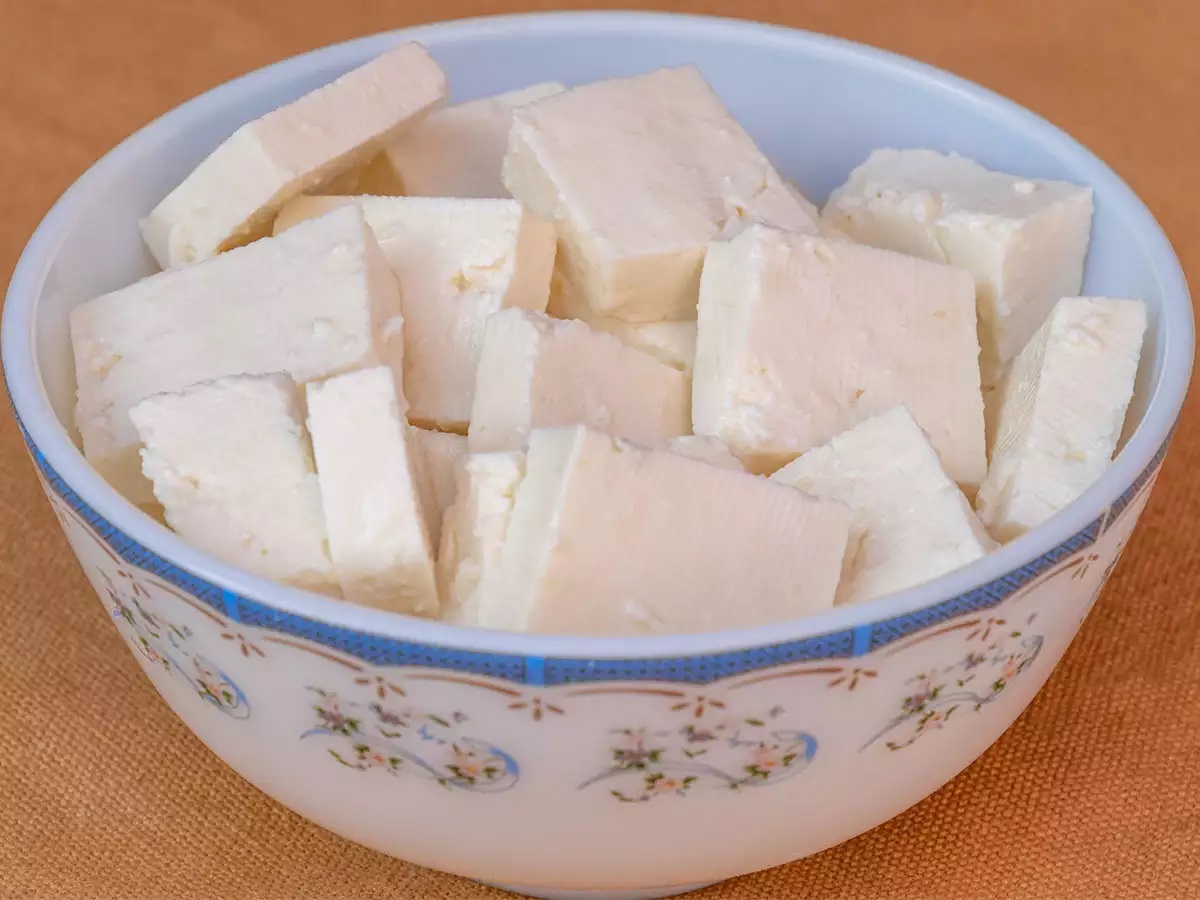
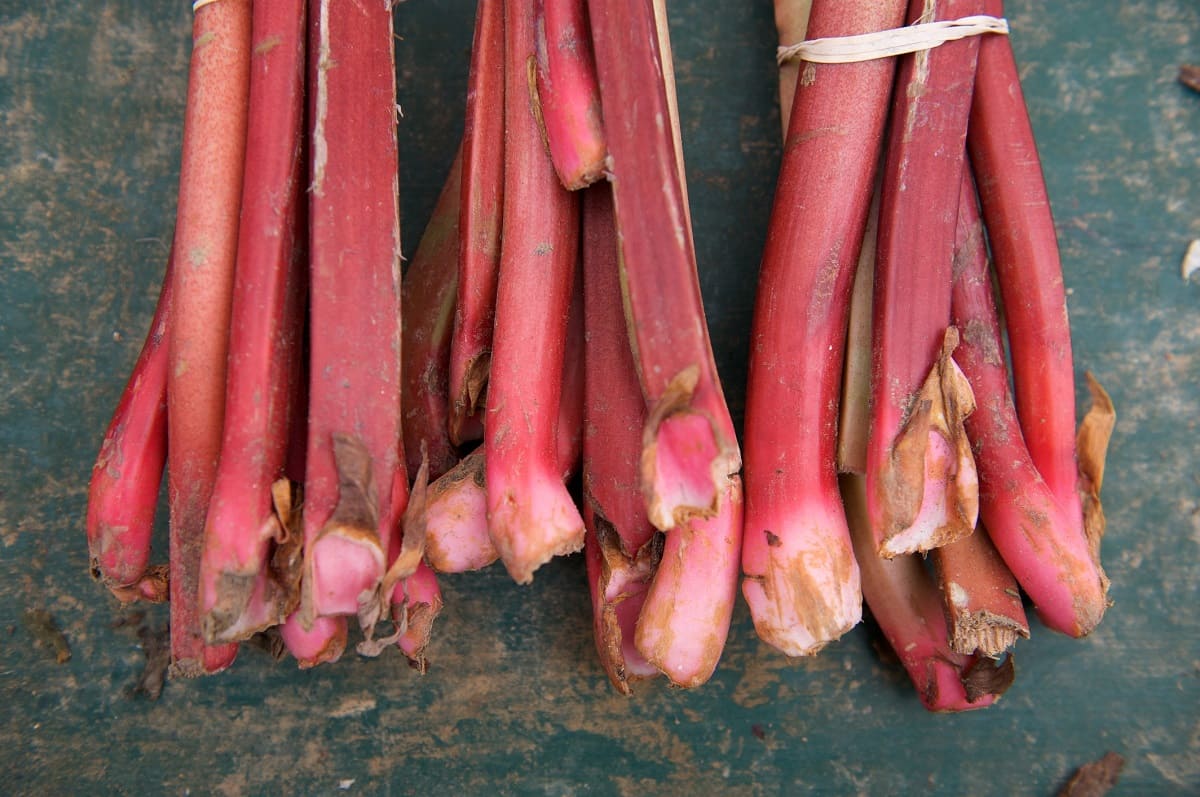
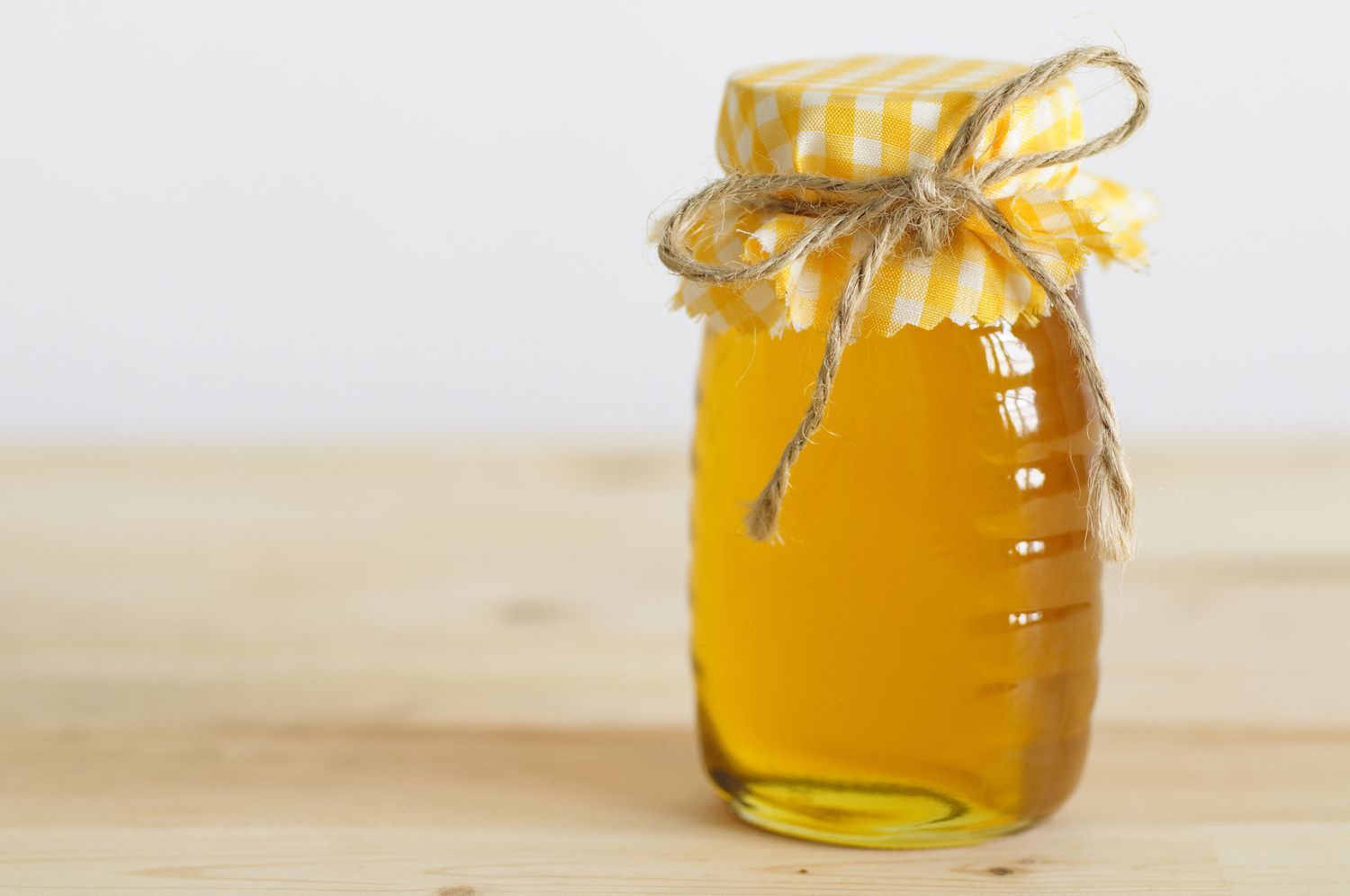
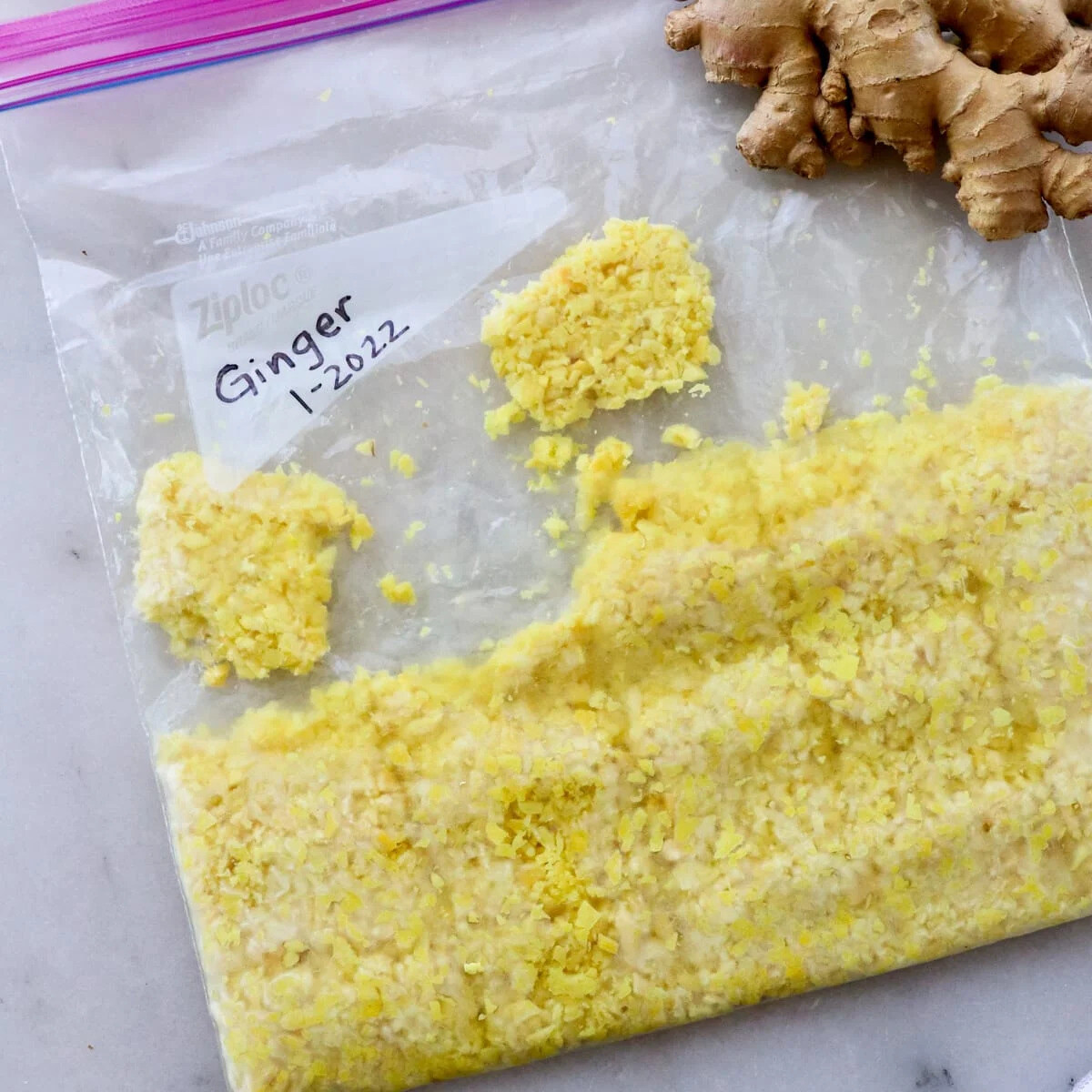
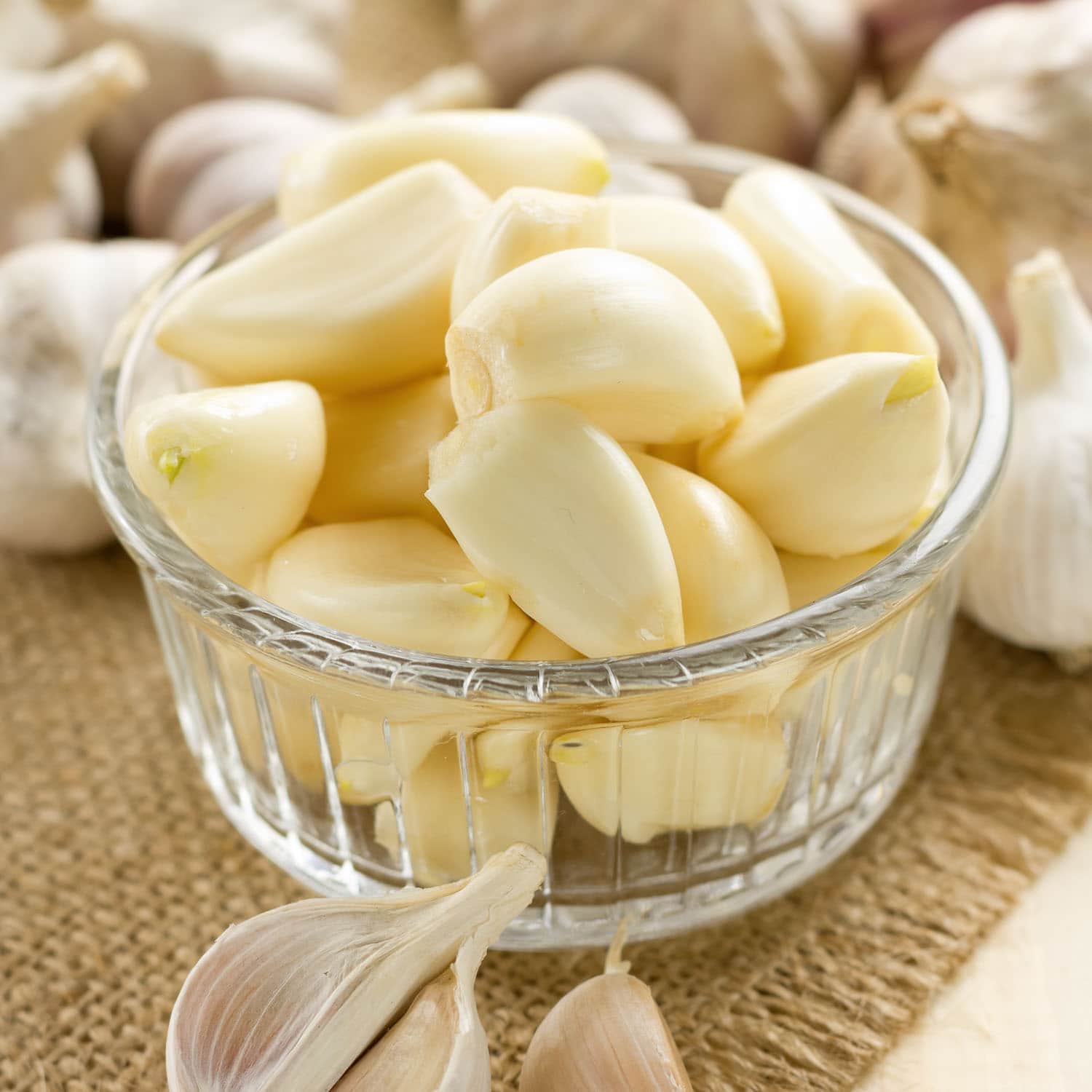
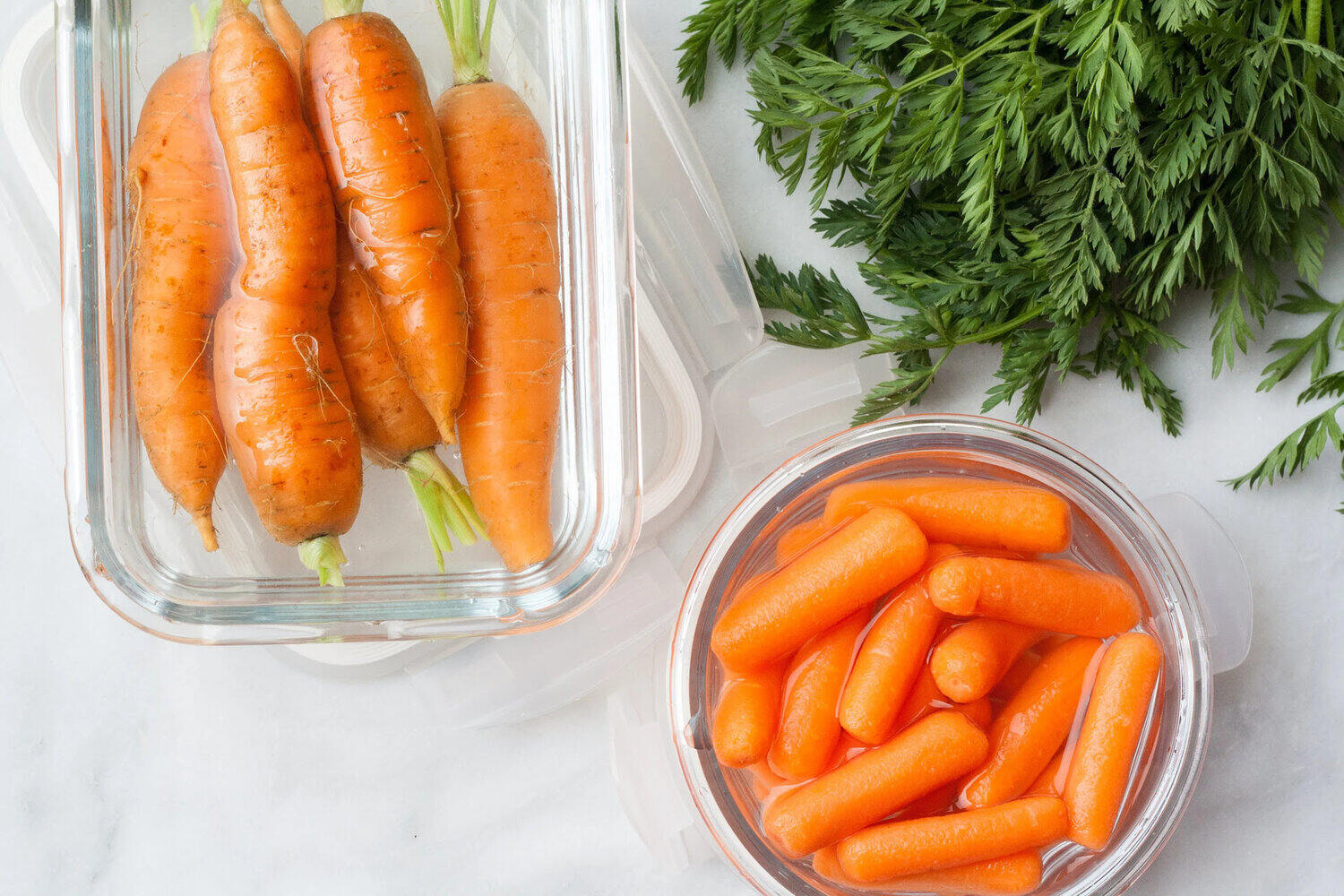
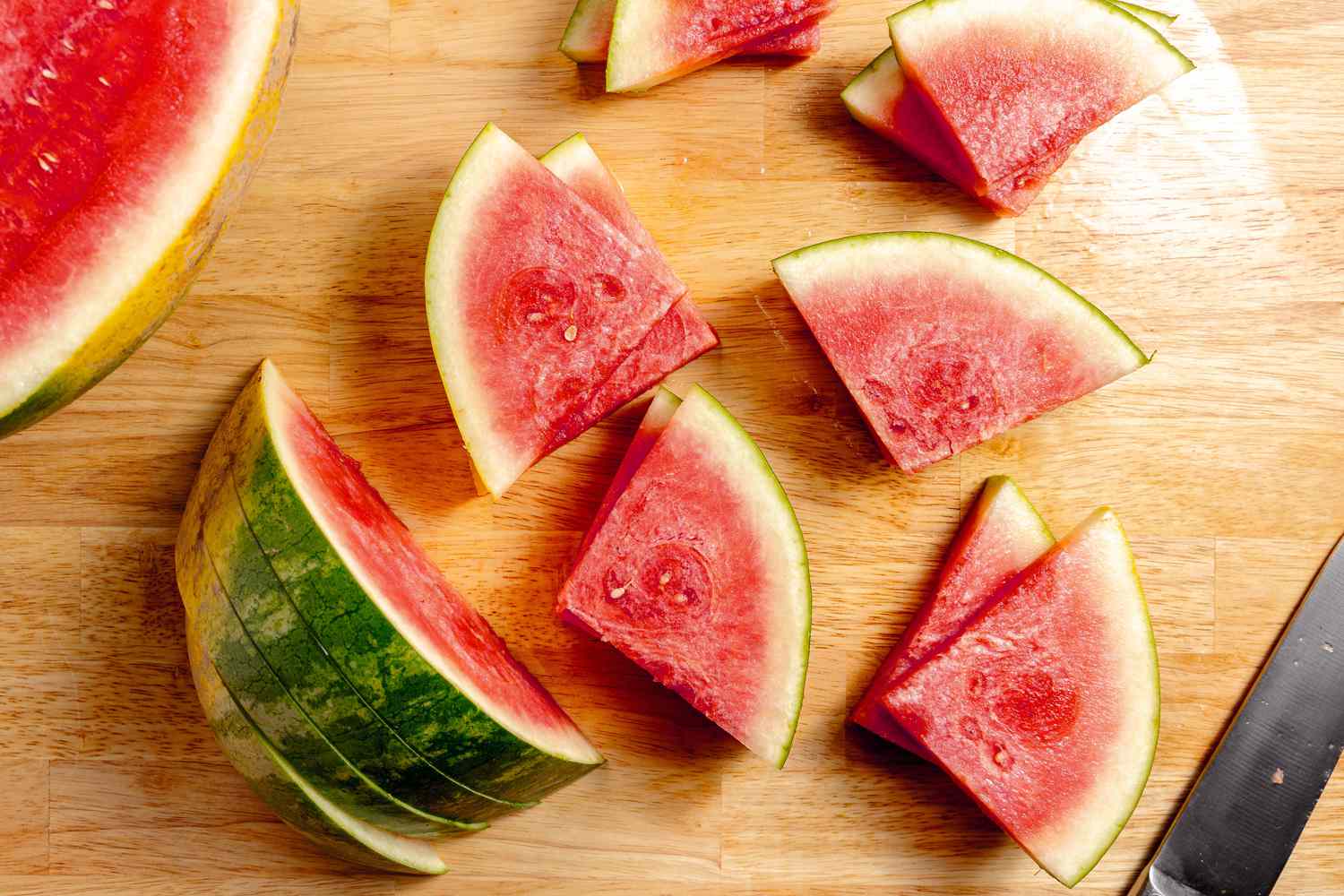
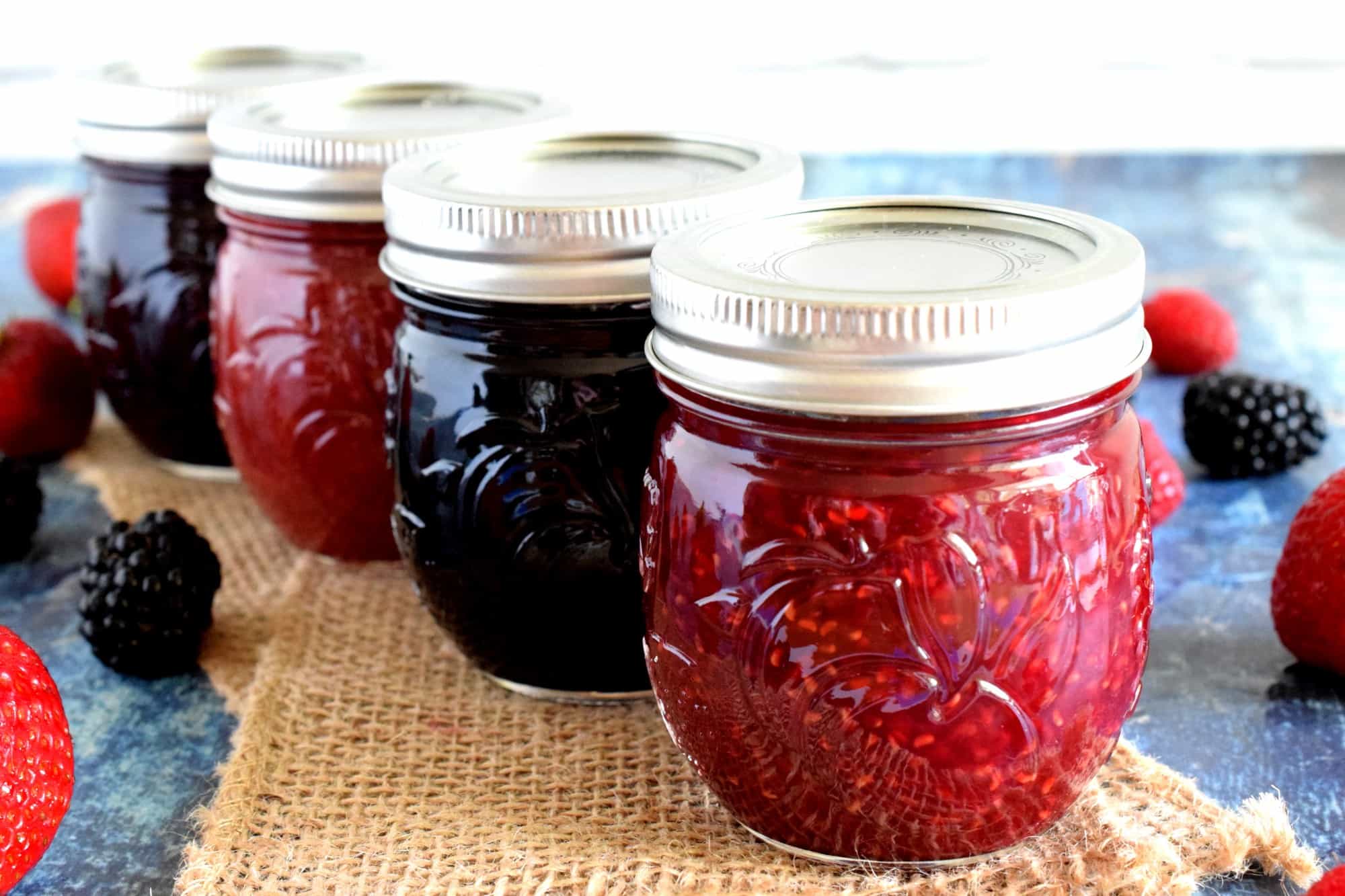
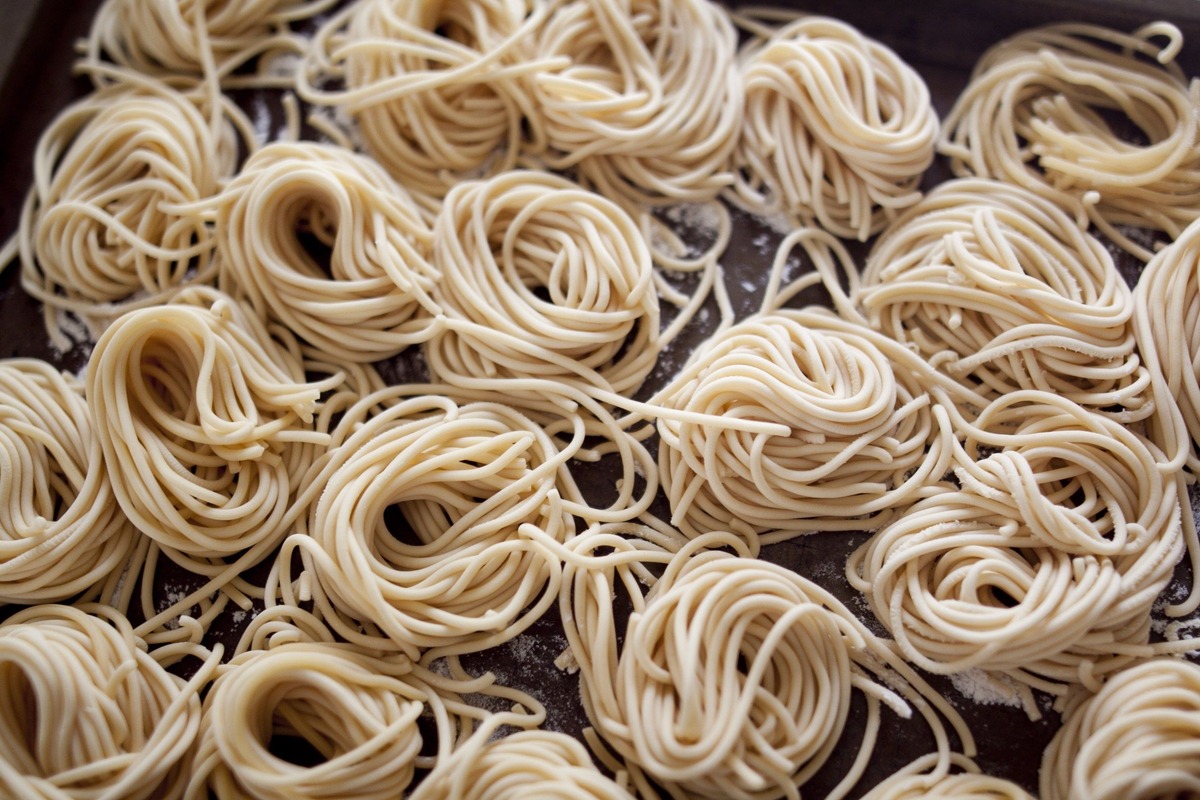
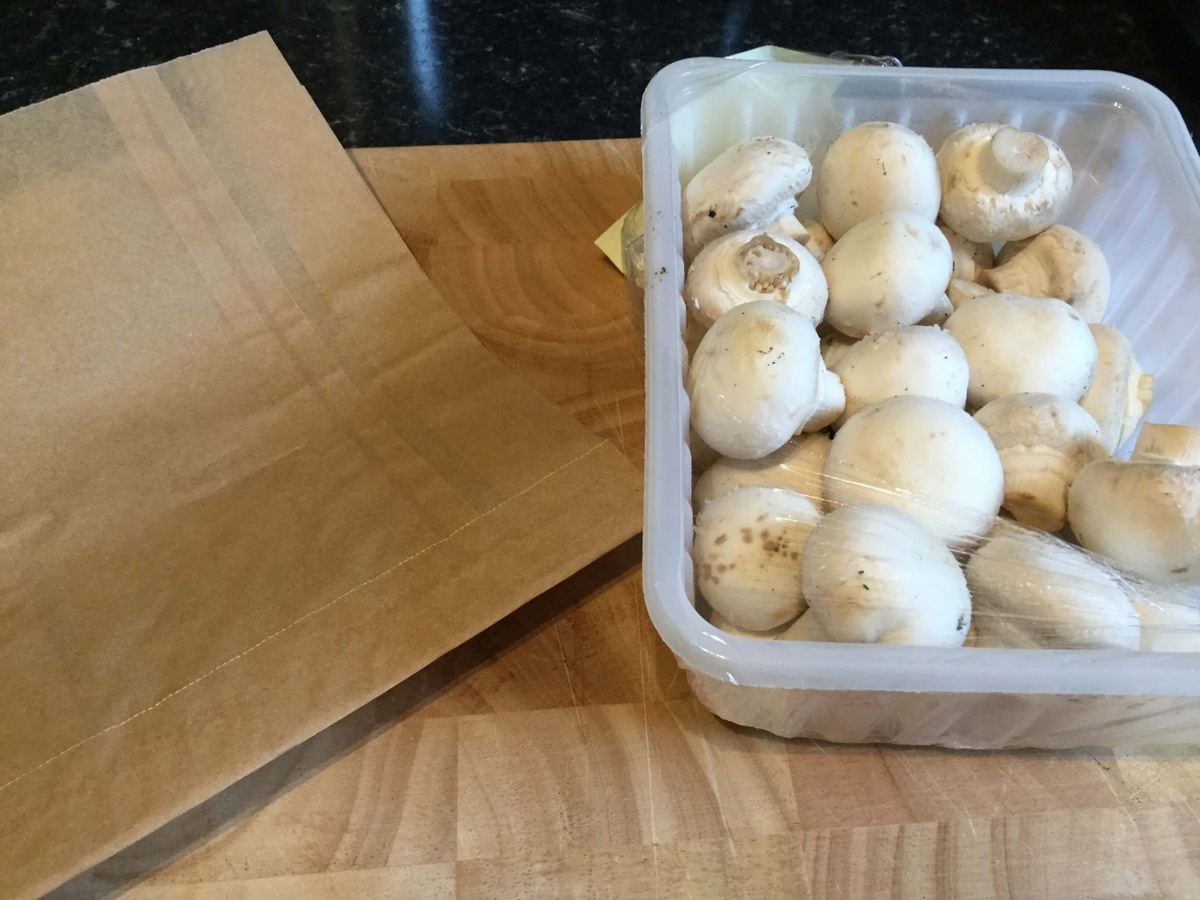

0 thoughts on “How To Store Food Without A Fridge”